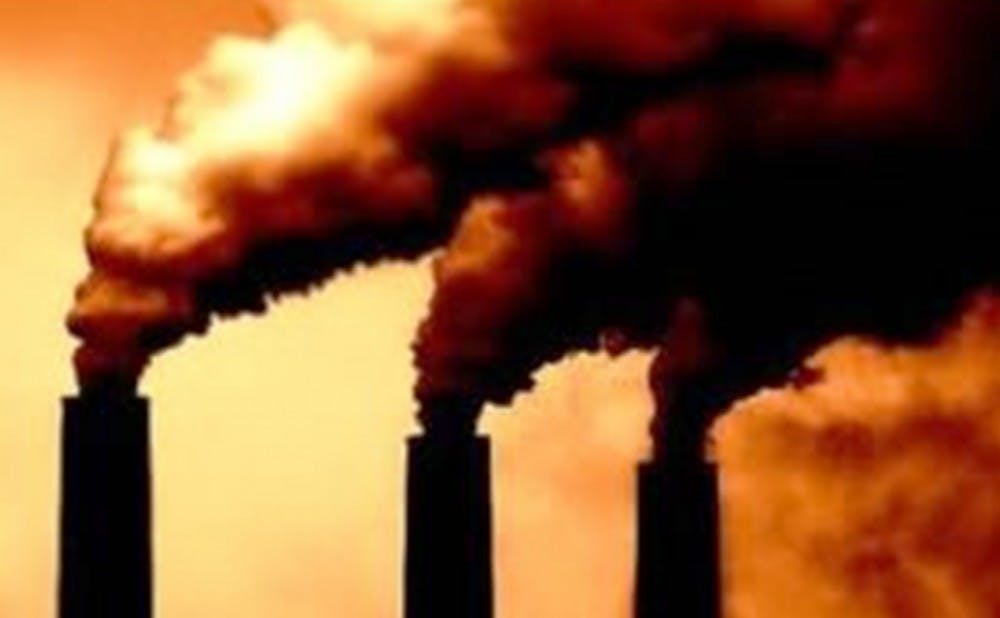Policies to reduce carbon emissions could prevent up to 175,000 pollution-related premature deaths nationwide by 2030, according to new research from Duke and NASA.
Researchers at the Nicholas School of the Environment, in collaboration with members of the NASA Goddard Institute for Space Studies, showed that policies that slow climate change could also prevent health problems such as heart attacks, strokes and respiratory disease by reducing air pollution. Drew Shindell, professor of climate sciences at the Nicholas School, hopes that the analysis will lead to increased government support and public awareness of the benefits of reducing carbon emissions.
“I hope that this result might make people realize that policies that deal with climate change don’t only bring benefits that are spread around the world and mostly happen decades and decades later, but they also bring some benefits right here at home and right away,” Shindell said. “Those benefits are so large that they actually have a larger value than the cost of putting into place these measures.”
The researchers published their peer-reviewed analysis Feb. 22 in the journal Nature Climate Change. The study also found that if U.S. climate emissions are reduced enough to avoid a 2-degree Celsius temperature increase, health benefits of about $250 billion could be generated annually.
Jonathan Wiener, William R. and Thomas L. Perkins professor of law, said that in the 1970s the U.S. created clean-air policies that reduced air pollution but actually increased carbon emissions—adding that many countries today are in the process of enacting similar legislation that may accelerate climate change. Because carbon reductions only produce benefits in the long term and are more globally distributed, they are a low priority to government leaders.
Wiener noted that Shindell’s research would help show those governments how they could combine carbon reduction and pollution regulation policies for an even greater net benefit.
It has long been known that air pollution increases health problems, but Shindell’s analysis uses a combination of computer modeling and data from existing medical literature to quantify the damage caused by increasing air pollution. He explained that the model takes carbon emissions from different human activities and develops emission scenarios consistent with the emission levels the U.S. pledged to uphold in the recent Paris climate deal. The model is then run on NASA’s supercomputers, where it predicts what the consequences of reduced carbon emission would be on air pollution and climate change.
He noted that in order to study air pollution, he and his team took the levels of air pollution all around the country and mapped that information onto data sets of where people live and what they find health conditions to be for that section of the U.S. population.
Shindell said he hopes his analysis will help political parties see the necessity for governmental regulation of pollution and will help citizens see that low-carbon policies provide immediate benefits.
“We can only think of near-term problems that hit close at home as high priorities. I mean, that’s just human nature," he said. "So we think about immediate concerns in the economy, and we think about terrorism and such, and we think that climate change is really going to happen many many decades away.”
Polls taken of average U.S. citizens showed that the majority did want something done about climate change but ranked it as a low priority, Shindell explained.
He noted that the nation needs to be sold on why low-carbon policies are really in America’s best interests.
“We need a clear message about why we need to cooperate with our partners around the world to implement this, why this creates more jobs than we lose," Shindell said. "Clearly this would result in job losses in say the coal industry but create jobs in renewables, solar and wind.”
Get The Chronicle straight to your inbox
Signup for our weekly newsletter. Cancel at any time.

